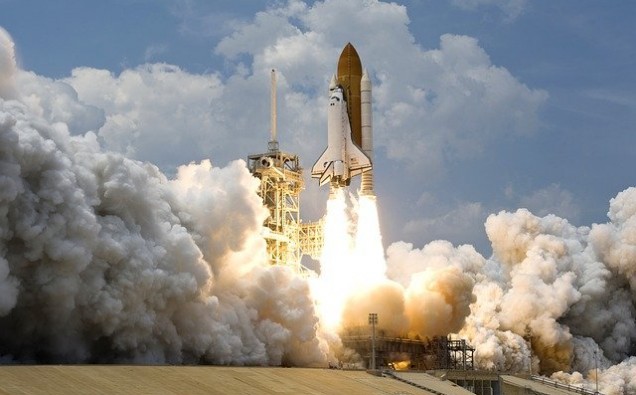After four previous landing attempts ended in explosions, SpaceX successfully achieved the first successful landing of a prototype spacecraft rocket during the latest test flight of its next-generation launch vehicle in southern Texas on Wednesday.
This feat marks an important milestone for billionaire technology giant Elon Musk’s private rocket company, which has developed a reusable heavy launch vehicle that will eventually transport astronauts and large amounts of cargo to Moon and Mars.
The Starship SN15 exploded along the Gulf Coast from the SpaceX launch site in Boca Chica, Texas, along the Gulf Coast, reaching its planned maximum altitude of 10 kilometers, then hovered for a moment before flying nose down to Earth with aerodynamic control.
This 16-story, three-engine aircraft returned to the vertical position under the action of rocket thrust when approaching the ground, and made a gentle touchdown on its landing gear.
SpaceX chief integration engineer John Insprucker said in a live flight commentary that they are down; the starship has landed.
The engine was cut off, but the automatic fire extinguishing system trained a steady flow of water onto the landing pad and finally extinguished the fire.
The flight took place on the 60th anniversary of the U.S. astronaut’s first spaceflight – Alan Shepard embarked on a 15-minute suborbital mission on top of NASA’s Mercury-Redstone rocket from Cape Canaveral, Florida. Musk announced his success on Twitter and gave a short message in low-key space remarks: “The starship has landed!”
Previously, four test flights of Starship prototypes successfully took off but were blown to pieces. SN8 was launched in December. In February, SN9 was launched while SN10 and SN11 blasted off in March.
The full Starship rocket, which will be 394 feet (120 meters) high when paired with a super-heavy first-level reminder, is SpaceX’s next-generation launch vehicle at the heart of Musk’s efforts to make space travel cheaper and conventional.
The first orbital spacecraft flight is planned for the end of this year. Musk has stated that he intends to fly the Japanese billionaire Yusaku Maezawa around the moon with the Japanese spacecraft in 2023.

















